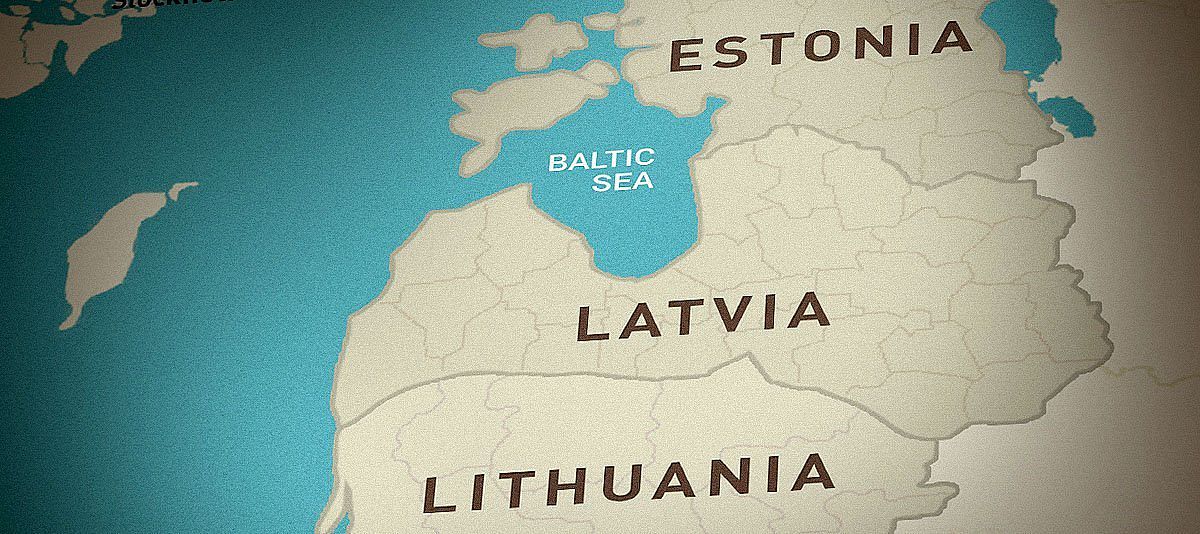Extreme market uncertainty because of Russia’s increasing military operations in Ukraine and the similarly intensifying risk of sanctions – which may soon include energy exports – are likely driving the surge, with traders factoring in the rising probability of sanctions on gas for each day the offensive continues.
Fundamentally, Russian flows to Europe have remained largely unchanged on a day-to-day basis, save for the Yamal-Europe pipeline, which as of early on 2 March is again operating in reverse direction.
More bullish risk stems from Europe’s most likely candidate for replacing Russian pipeline imports – LNG.
The UK’s decision to turn away Russian-flagged, operated or chartered vessels may materially tighten the market if this move is followed by other countries.
The UK has so far this year received 310,000 tonnes of LNG from Russia, making up around 7.5% of its LNG imports, whereas Russian LNG imports made up 19% of the total last year.
Reports have emerged of banks tightening the noose on financing Russian LNG cargo purchases, adding to buyer-side hesitation.
In an extreme scenario this trend could re-arrange global LNG flows, with Russian vessels heading to a limited number of ports, and cargo swaps from other regions backfilling the deficit to their intended destinations.
However, the arbitrage signal is firmly pointed to Europe as Asian buyers have so far been unwilling to match the violent price swings on the TTF, suggesting Atlantic cargoes have no better destination.
A long period of restocking demand may emerge in the case of an extended Northern Hemisphere winter, while Germany is looking to mandate minimum gas storage levels, which will sustain purchases through much of the injection period.
Further bullish momentum is likely to come from cold weather forecasts and lower-than-expected wind generation, both of which are likely to increase the call on gas and coal.
Coal balances are running tight in Europe as supplies from Russia face a similar sanction-shaped question mark.
The declining outlook on carbon prices – which have dropped nearly 29% since the start of the invasion as speculators cashed out to offset losses elsewhere – is currently the only mildly bearish note for gas as it is likely to support uptake of coal in the power mix.
The market is watching the majors’ flight from Russia and how it is likely to impact near-term operations.
If flows from Sakhalin-2 to Japan or South Korea are disrupted, for instance, alternative volumes are likely to be sourced from a greater distance and to stretch the chain.
Demand in Asia is likely to be muted due to the very high prices, even as industrial activity in China picks up after the Beijing Winter Olympics.
Gas markets are also reading through the extreme volatility on oil as Brent surges above $110 per barrel, with further possible upside if physical oil flows from Russia are disrupted.
Historical precedent for LNG contract at this price environment would suggest prices exceeding 14% if sustained, which may have positive implications for yet-to-be sanctioned projects, especially when factoring in the potential impact of sanctions and international company exodus on long-term Russian LNG production.
The US may have spent most of the winter insulated from global gas market chaos, but the Henry Hub has now started to reflect a geopolitical risk premium from the Russia-Ukraine conflict.
Storage levels are 11% lower than last year and remain below the 5-year average.
We expect declining demand in the near term driven by a mild weather outlook for March, but have revised up forecasts of 2022 average prices from $3.5 per MMBtu to $4.00 per MMBtu, driven also by full-tilt export demand from LNG and pipeline supply to Mexico.








